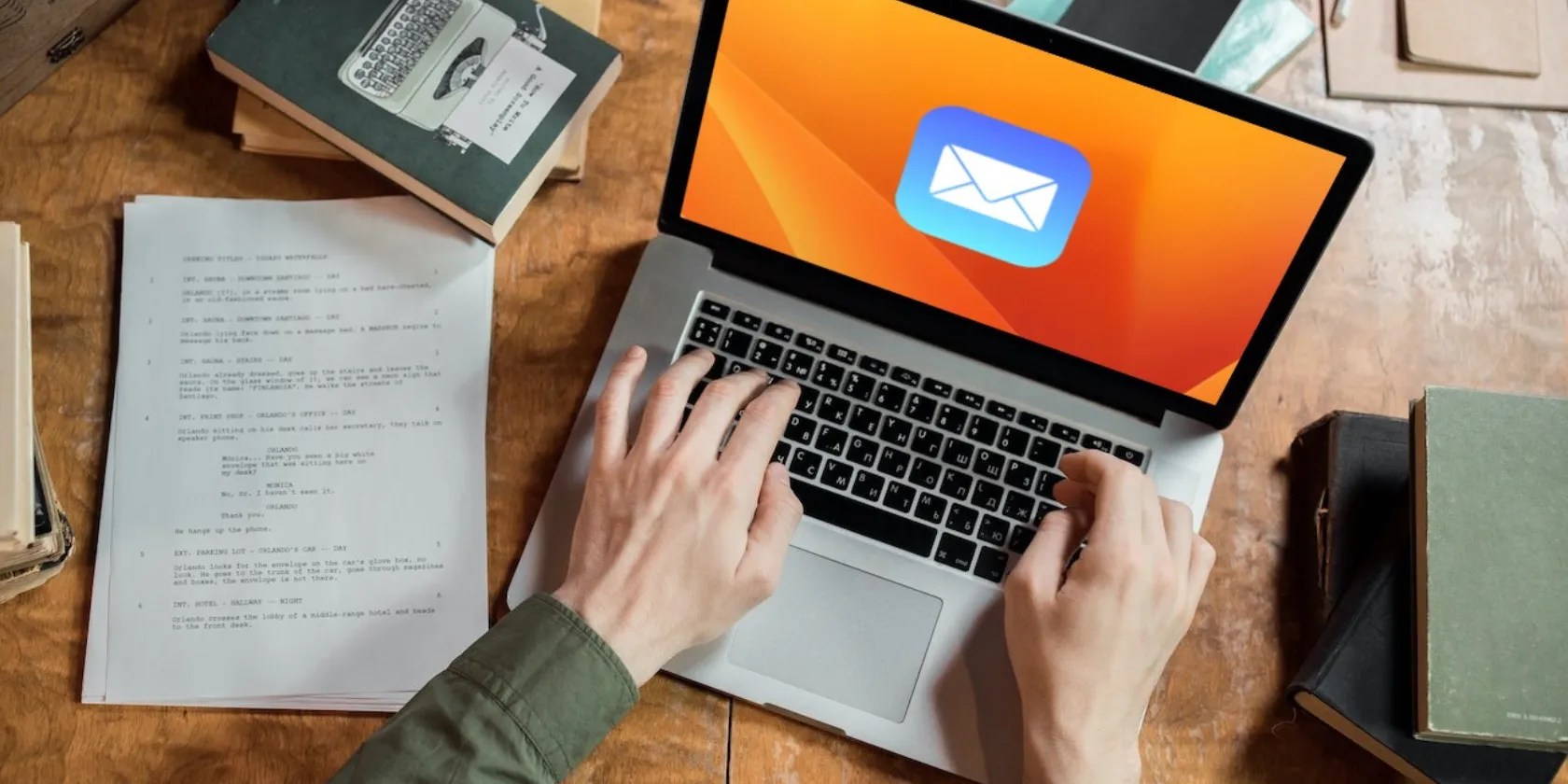How to Delete the Mail App on a Mac
If you don’t use Mail for macOS, removing the app from your Mac makes a lot of sense. Sadly, that’s not easy, convenient, or practical.
Let’s check out what it takes to delete the Mail app on a Mac and discuss whether you should go ahead or just disable and hide the app instead.

Can You Delete the Mail App on Your Mac?
The Mail app is a built-in Apple app that macOS secures with SIP (or Security Integrity Protection). SIP is a feature that prevents a user from modifying the contents of system-related data, which means you can’t remove Mail like an ordinary app on the Mac.
You do have the option to disable SIP and delete the Mail app after that. However, it’s a complicated process, and you cannot reinstall the program afterward withoutfactory resetting your macOS installation.

Various mail-related preferences—such as setting a default email client—are also linked to the Mail app, further complicating things.
A much better way (and the approach we recommended) is to disable and hide the Mail app. It only uses a negligible amount of storage (around 50MB), so it’s not as if the app alone impacts how much space you have.

Whether you want to delete the Mail app from your Mac or just want to disable and hide it, this tutorial will walk you through both methods in detail.
How to Disable and Hide the Mail App on a Mac
If you want to disable and hide Mail on a Mac, you must stop your email account—or accounts—from syncing with the app and remove it from the Dock and Launchpad. If you have athird-party email app for macOSinstalled, you can also configure your email preferences to set it as the default.
Unlink Email Accounts From the Mail App
Start by unlinking your online accounts from Mail. To do that:
You can repeat the above for other email accounts that sync with Apple’s Mail app.

Hide Mail App From the Mac Dock
Next, hide the Mail app from the Mac’s Dock; justControl-click the Mail app on the Dock and selectOptions>Remove from Dock. If Mail automatically shows up at Mac startup, also deactivate theOpen at Loginoption.
Additionally, you might prefer hiding the Mail on the Launchpad. A quick way to do that is to drag and drop theMailicon into theApplicationsfolder in Finder.

Change Default Email Client on Mac
If there’s an alternative email client on your Mac, you could wrap things up by setting it as the default. The most straightforward way to make the change is through the Mail app’s Settings pane.
The new email client should automatically appear when you select an email address or open the macOS Share menu.
How to Permanently Delete the Mail App on Your Mac
We understand that not everyone wants to hide or disable the Mail app. For permanent deletion, you must disable Security Integrity Protection viamacOS Recovery, use Terminal to delete the Mail app, and manually delete any leftover Mail-related files and folders through Finder.
To protect your data in case something goes wrong,create a Time Machine or an iCloud backupbefore you begin.
Enter macOS Recovery and Disable SIP
macOS Recovery is a special user environment that allows you to manage advanced macOS features. It offers a Terminal console that you can use to disable SIP. To get to it:
Uninstall the Mail App From Mac
With SIP out of the way, it’s time to remove the Mail app from your Mac. You must fire up Terminal again but in normal desktop mode.
Check your Mac’s Applications folder; the Mail app should no longer be present.
Delete Mail App’s Leftover Files and Folders
If you want to delete leftover Mail-related files and folders from your Mac, you must manually remove them via Finder. Any locally-stored emails will be lost forever. If there aren’t any copies on an internet server, it’s best to move the leftovers to an external storage device.
To do that,Control-click theFindericon on the Dock and click onGo>Go to Folderfrom the menu bar. Then, visit the following directories:
Use the search bar at the top-right corner of the Finder window to look forcom.apple.mailwithin each directory and drag files or folders that include the name to the Trash. You have 30 days to restore the files if you want them back.
Re-enable SIP on Mac
Security Integrity Protection is essential for the security and stability of macOS and works as a deterrent against malware. After removing the Mail app from your Mac, you must re-enable SIP.
To do that, revisit macOS Recovery, open Terminal, and execute the following command:
Hide or Delete the Mail App on Your Mac
You’ve got little to gain by uninstalling Mail on a Mac, so it’s much more convenient just to disable and hide the app.
However, if you did end up removing the app but need it back, there’s a way to restore the operating system without losing your data.
Reinstalling macOS is an effective troubleshooting step, and if you do it right you won’t lose any data.
Unlock a world of entertainment possibilities with this clever TV hack.
Windows is great, but adding this makes it unstoppable.
So much time invested, and for what?
If an AI can roast you, it can also prep you for emergencies.
Quality apps that don’t cost anything.